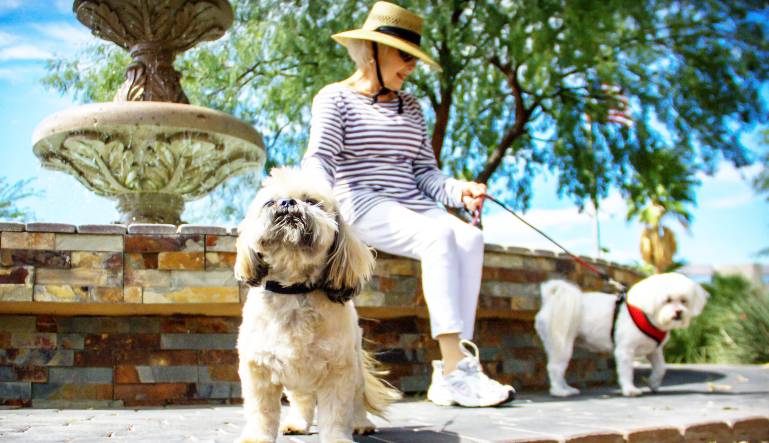Summer is a season when most families spend a lot of time outdoors. Picnics, baseball games, family reunions, and trips to the beach are fun intergenerational activities. One thing that isn’t much fun is sunburn or sun poisoning.
Older adults grew up in a time when the benefits of sunscreen weren’t widely known. Today we know more about the importance of sun safety. The need for protection is especially true for seniors who often have very fragile skin. Some seniors also take medications that have sun sensitivity as a side effect.
Here are sunscreen basics that seniors and their caregivers should know in order to protect their skin from the summer sun.
Sunscreen Basics for Senior Safety
1. Older adults need sunscreen.
A popular myth is that sun damage that leads to skin cancer occurs during childhood. If a senior grew up not using sunscreen, they might not think they need it now either. According to the Skin Cancer Foundation, over half of skin cancer related deaths are people over the age of 65. Because the risk of developing or dying from skin cancer rises each year, everyone needs to use sunscreen.
2. Sun damage can happen fast.
Ultraviolet (UV) rays can cause skin damage in as little as 15 minutes. So even if you are only running outside to water plants quickly or pick a few flowers, apply sunscreen.
Some UV rays can even penetrate glass. That means if you will be sitting inside near a large window or riding in a car, you likely need sunscreen.
Finally, don’t let cloudy days fool you. The sun’s rays can still affect you. Layer on the sunscreen before going out.
3. Choose a sunscreen with an SPF 30 or higher.
A sunscreen’s SPF (sun protection factor) determines how well it can absorb and reflect the sun’s rays. A sunscreen that is labeled SPF 30 absorbs 97% of the sun’s burning rays.
It’s also important to know that wearing sunscreen with a higher SPF does not mean you can stay outdoors longer without applying more. You’ll still need to reapply it to protect your skin.
4. Protect skin from UVA and UVB rays.
When you are purchasing sunscreen, look for one that offers broad-spectrum protection. That will help you stay safe from both UVA and UVB rays.
UVA rays penetrate the lower levels of the skin. They account for 95% of rays. UVB rays make up a smaller percentage of UV rays, but they cause most sunburns and sun damage.
5. Utilize different sunscreen formats.
Research shows there is very little difference in effectiveness between sunscreen sticks, sprays, gels, and creams. Buying several formats can make it easier to protect small or hard-to-reach body parts, such as the back of the ears.
Sunscreen sticks are good for ears and noses, and are also easy to take with you on bike rides and walks. Sprays and creams can cover larger surface areas more efficiently, such as the back, arms, and legs. Gels tend to adhere better on areas with hair, like the hairline and scalp.
6. Follow the directions on the bottle.
A mistake most people make when applying sunscreen is using too little. You should layer it on thickly instead. Also reapply it every two to four hours as directed on the bottle. If you are swimming or sweating heavily, you need to reapply it more often.
Follow the Five Star Blog
If you found this article helpful, you might also be interested in reading more. The Five Star Senior Living blog covers topics ranging from dehydration to summer vacation ideas.
We encourage you to bookmark our blog and stop back often to stay updated on the latest news and research for seniors and family caregivers!
Contact Us Today
"*" indicates required fields

